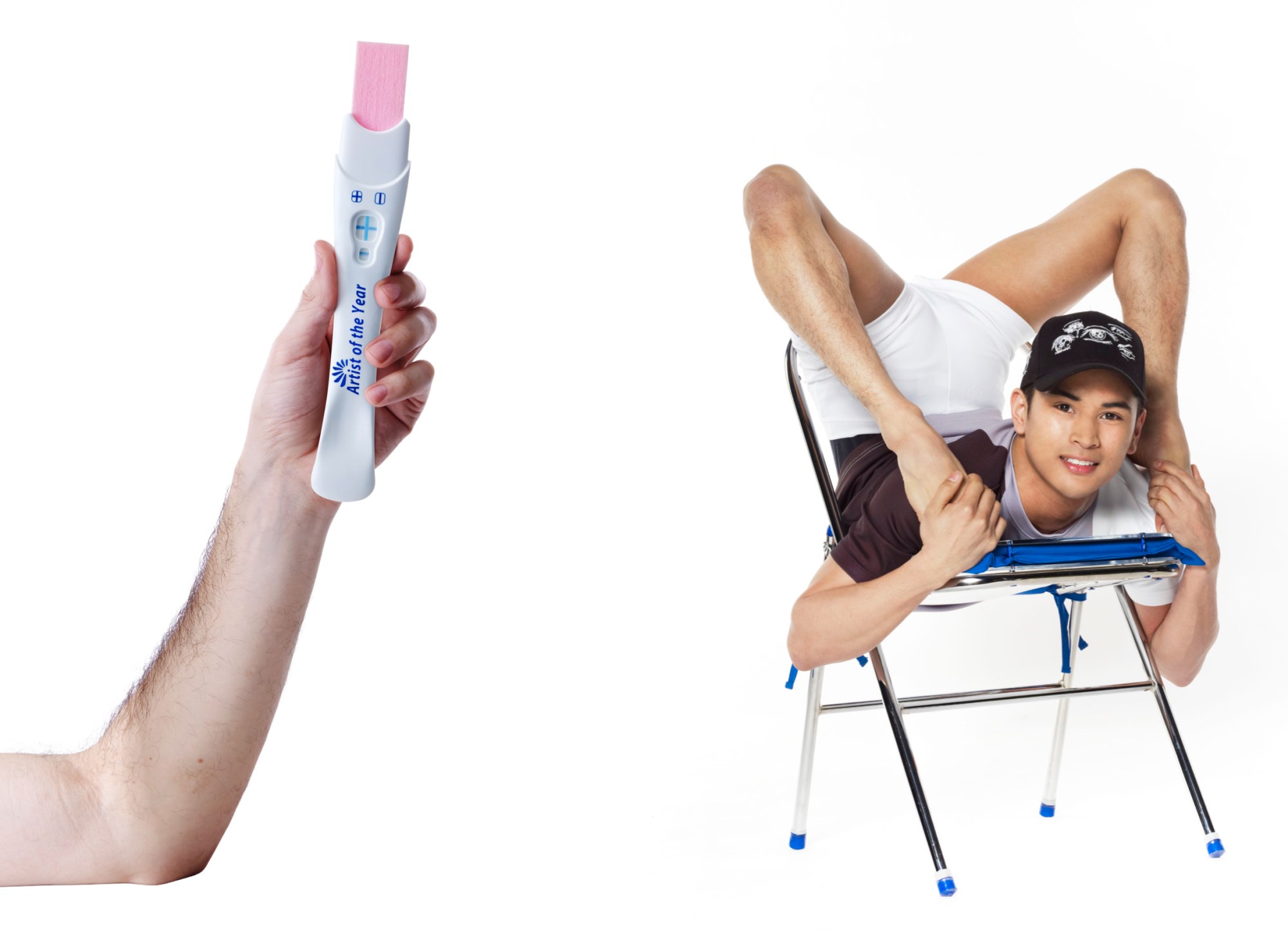Often, the fashion industry’s glitter can prove to be fool’s gold. Though at first glance it seems to promise creative liberty, it’s often corporate compliance and precarious labour conditions that keep it chugging along. For fashion graduates, pursuing an independent career path is inevitably accompanied by certain sacrifices. Paired with the financial demands of life in the big city, they can prove hard to justify, with corporate collusion increasingly feeling like the only way to thrive.
Despite this, there’s a legacy of fashion practitioners critically engaging with the creative labour conditions of their time. It’s this history that curator, critic and fashion historian Jeppe Ugelvig charts in his new book, Fashion Work 1993-2018: 25 Years of Art in Fashion. Through the work of Bernadette Corporation, Susan Cianciolo, BLESS and DIS, he traces the course of rapid change in an increasingly commercialised creative labour landscape, from the early 90s to the present day, hinting at the paths that these ongoing developments could take.
Ahead of the book’s launch, we caught up with Jeppe to discuss the artists that forged new alternative paths for fashion workers, laying the groundwork for those that will go on to set tomorrow’s agenda.
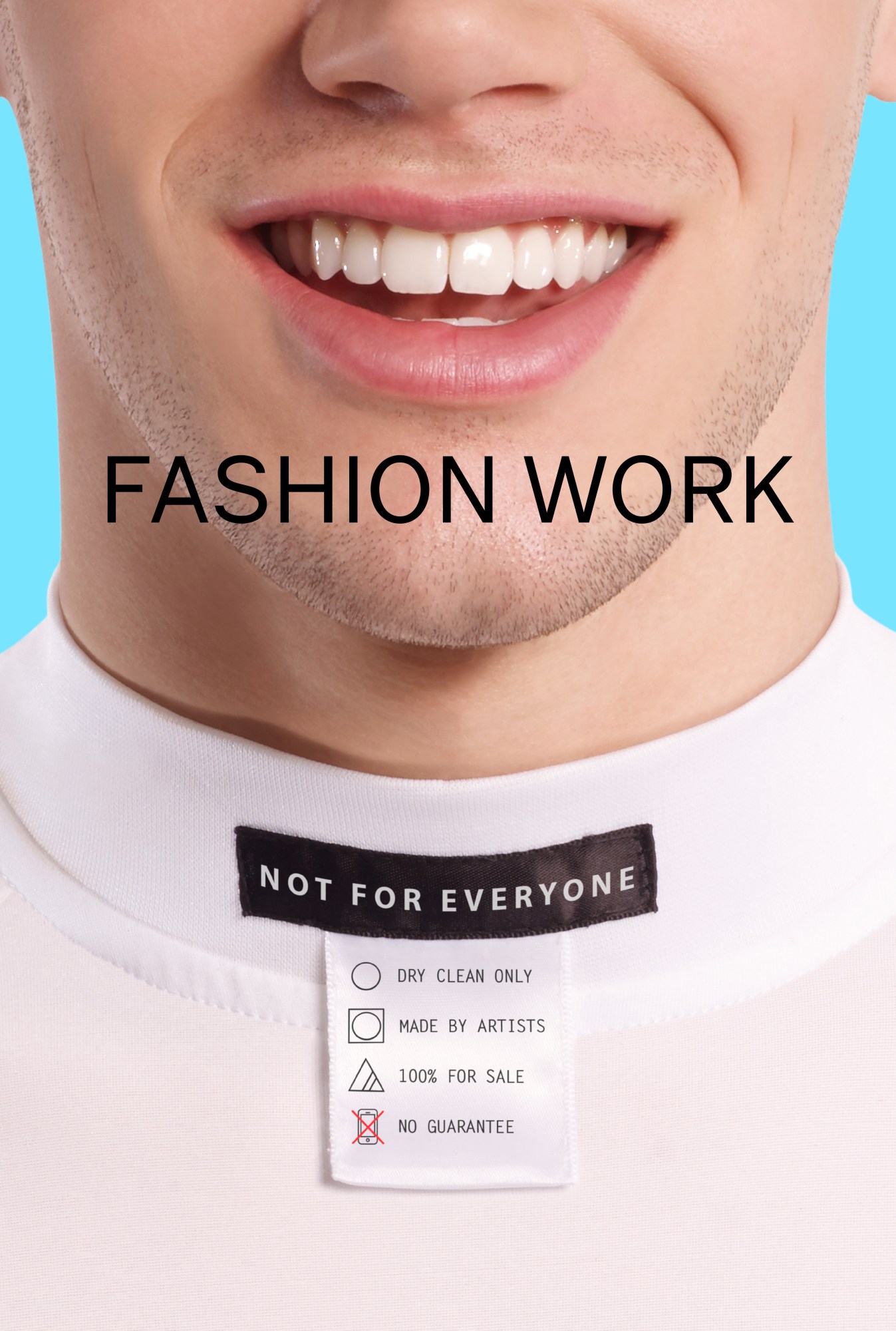
So how did this book come about in the first place?
It actually came out of an exhibition I curated at the Hessel Museum back in 2018, which was a curatorial journey into this hybrid space that exists between art and fashion. Having worked in both, I’ve always been interested in artists and practitioners who’ve crossed these fields in different ways and different times. I really wanted to give an editorial space to all of the archive material I uncovered in curating the show, and really try to produce an art-historical account of these practices, as a lot of them just simply haven’t been told before.
It’s also a visual journey behind the scenes of fashion labour: the backstage, the notebooks, the show invitation, the press releases, the sketches. It locates and contextualises these practices and explores how social, political, economic and aesthetic conditions of these times affects fashion work. We have Bernadette Corporation and Susan Cianciolo in downtown New York in the 1990s, BLESS operating in Paris and Berlin around the turn of the millennium, and DIS in New York in the 2010s. In the 90s, for example, it was all about independence and collaboration between peers, and in the 00s it becomes much more about trying to sustain oneself in a rapidly gentrifying corporatised city.
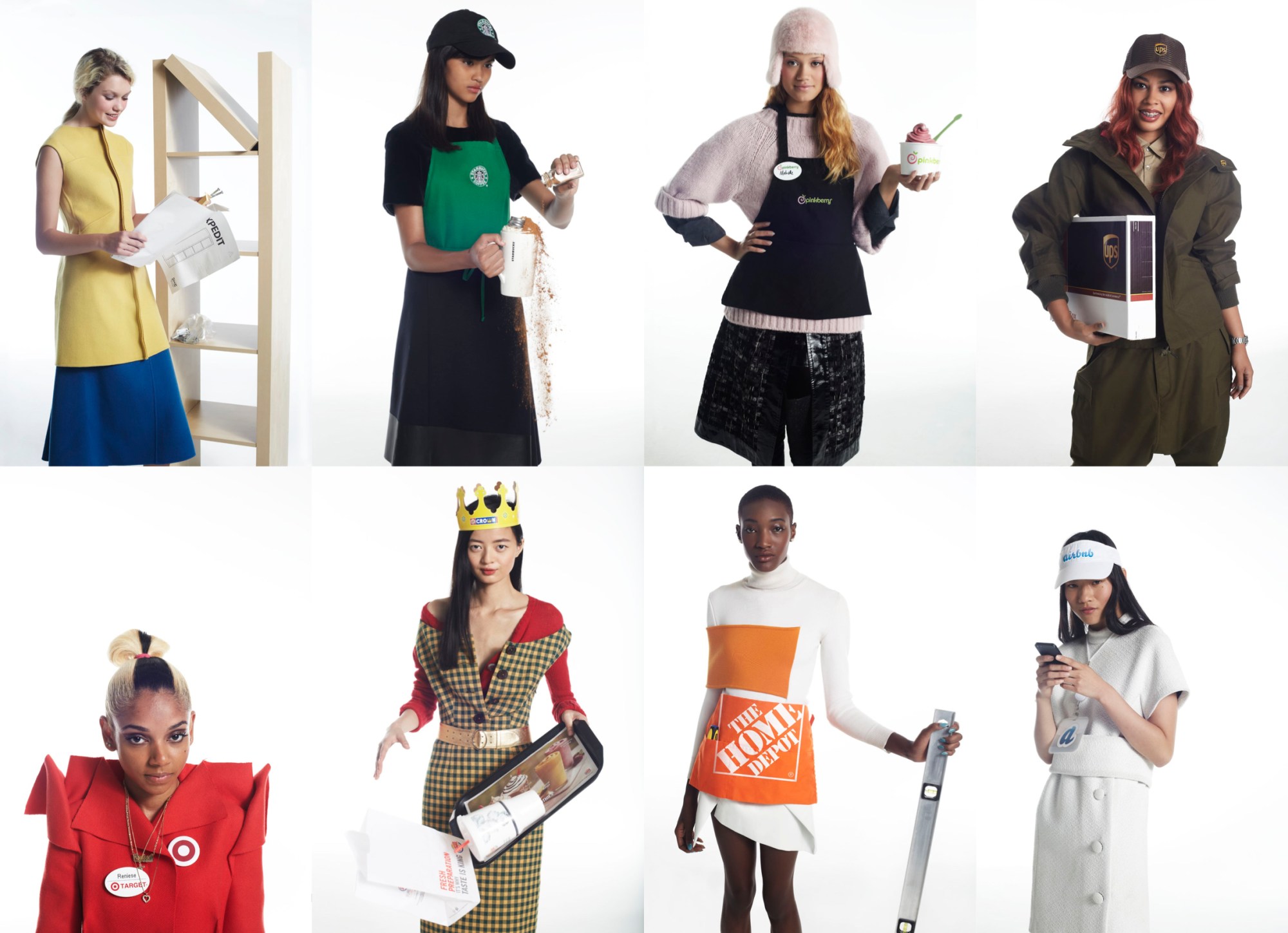
What would you identify as the key changes in fashion labour across the 25 year period you’re looking at?
The most significant, I would say, is the digital revolution that happened across cultural production, and certainly in fashion, around the turn of the millennium. Style.com launches in 1999, and then you have the rise of social media from 2005 to 2008 — the launch of Instagram as both a social and professional platform, where one shares and distributes one’s own creative output is a perfect example of that. Fashion work has always been so premised on networking, and this radically changed the way that takes place. While in the 80s and 90s, it took place in clubs and social spaces in the city, notions of ‘community’ and ‘peers’ are increasingly facilitated over the web across the 00s.
The second thing is really the financial crisis in 2008. It really brought a rapid stop to this bohemian, downtown way of doing fashion, especially in New York. After an abundance of freelance work dried up, this romanticised idea of having your own independent fashion business became more or less impossible. Increasingly, people had to provide freelance services to corporations to sustain themselves, and fashion authorship was suddenly dispersed across corporate networks.
Embracing corporate aesthetics as part of an independent creative practice is something we see with both Bernadette Corporation and DIS, albeit in different ways.
Yes, they both emerged at two very distinct moments in terms of fashion economy and fashion image. Bernadette Corporation emerged in early-90s New York, a time when fashion mass consumerism and branding was happening very aggressively. Companies were allocating increasingly large marketing budgets which gave us things like the CK One and Benetton advertisements. Bernadette Corporation responded to this in the same spirit as Margiela, rejecting individual identity and its fetishisation, and actively choosing this opaque corporate structure that conceals its individual members.
DIS’s corporate aesthetic works a little differently, and comes after the advent of the internet and the financial crisis. As with many other practitioners in the era we now refer to as “post-internet”, DIS were interested in the digital circulation of images and the aesthetics emerging from this new space of artistic production. The chapter on them is called ‘Artist as Freelancer’, and what much of their work is really about is how this romantic idea of independence, that people like Susan Cianciolo and Bernadette Corporation subscribed to, has become obsolete.
In this crazy world of freelancing, DIS’ corporate aesthetic acknowledges it as something that the critical fashion worker has to take part in, and highlight the corporate nature of their commissions. Whether it’s an advertisement for Kenzo, a commission from MoMA, or a biennial in Berlin, their work through corporate aesthetics points to how these disparate things — a fashion advertisement, artwork in an institution, and a publicly-funded cultural event in Europe — actually make use of the same visual tactics and branding strategies. They sort of complete what Bernadette Corporation started, saying that corporate branding is a sort of total condition that’s basically impossible to escape.
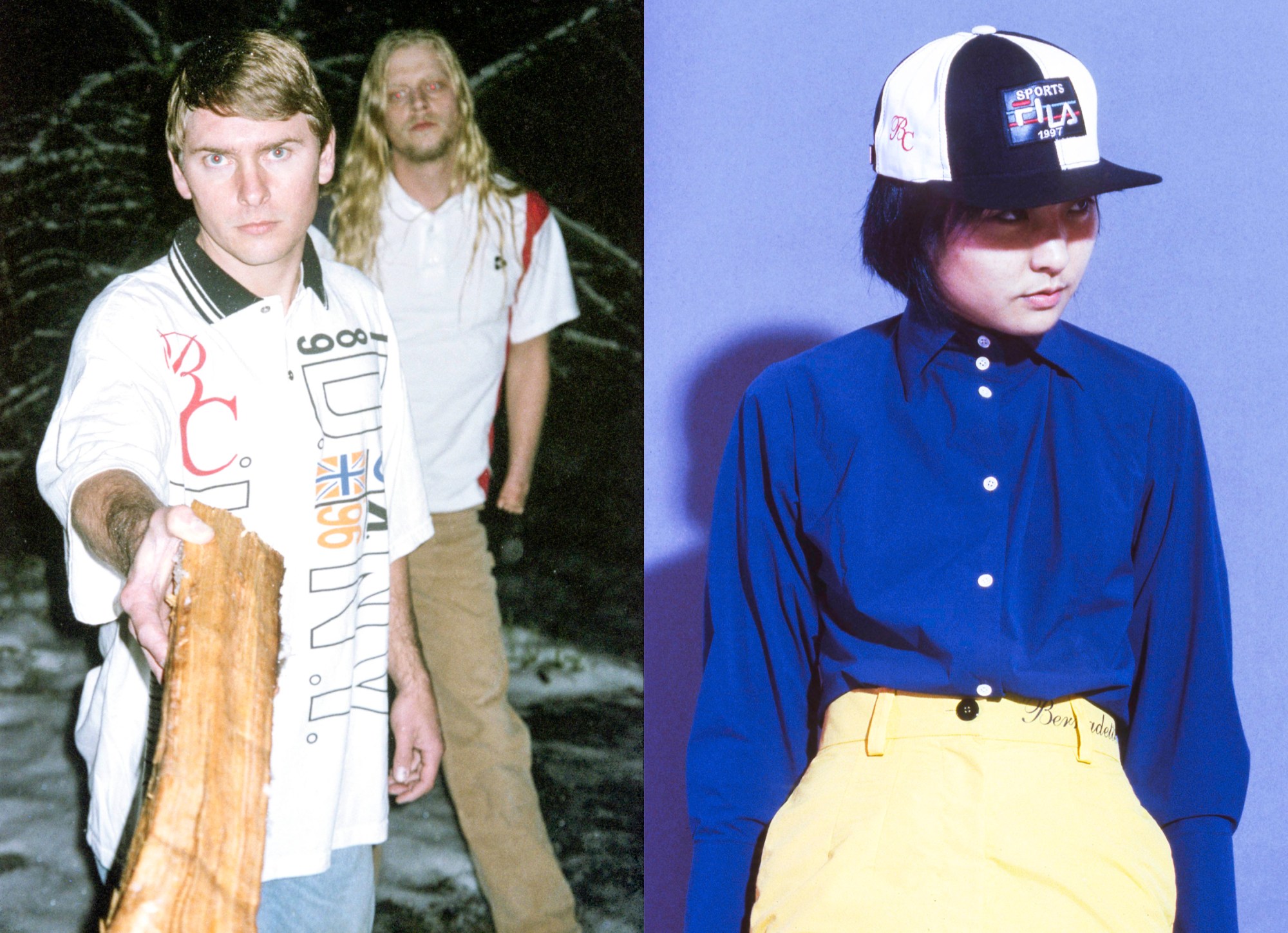
How do you think that relates to fashion’s obsession with collaborations, particularly between young, independent designers and corporate Goliaths – on products like shoes, for example?
It’s actually a model that was pioneered by these practices. Bernadette Corporation had quite an erratic use of other people’s clothing in their shows, and Susan Cianciolo heavily relied on sponsorships for the staging of hers — Shiseido, for example, underwrote many of her last shows. But BLESS really led the field here. Their products weren’t mass-producible, and they didn’t have a developed distribution network, so they really embraced sponsorship and collaboration. In fact, they did one of the first sneaker collaborations with Adidas! Rather than quietly accept that sponsorship, which I think a lot of fashion producers do today, BLESS made it the theme of their work, critically examining and discussing the phenomenon. They even did a collection that consisted solely of collaborations, from Levi’s to H&M, Galeries Lafayette to Carrefour, the French supermarket. Their approach was humorous, but also made you want to critically explore the relationship between independent authorship and corporate power, which has only increased in the last 25 years.

Of the practitioners you look at, BLESS is the only one still operating today. How do you think they’ve managed to sustain themselves into the present day?
Well, they’ve really stuck to their original model, which is also what’s seen them fall into the margins somewhat. In a way, BLESS is the connecting thread between the highly romanticised 1990s and today’s post-industrial, corporate fashion world. Though their history brims with innovation in terms of production, branding and communication, they’ve maintained this hustling spirit of independence all along, and very much perpetuate their own myth. As a result, they’ve become a kind of cult band, the kind of fashion that the industry is obsessed with. They could have stretched out their authorship and brand to a larger world of ready-to-wear, merchandise, accessories, perfumes, which many of their contemporaries did, but decided to keep this artisanal studio-based practice. Their way of working is completely eclectic, and is really the result of 25 years of sacrifice and experimentation, trying to establish a practice that suits their everyday life.
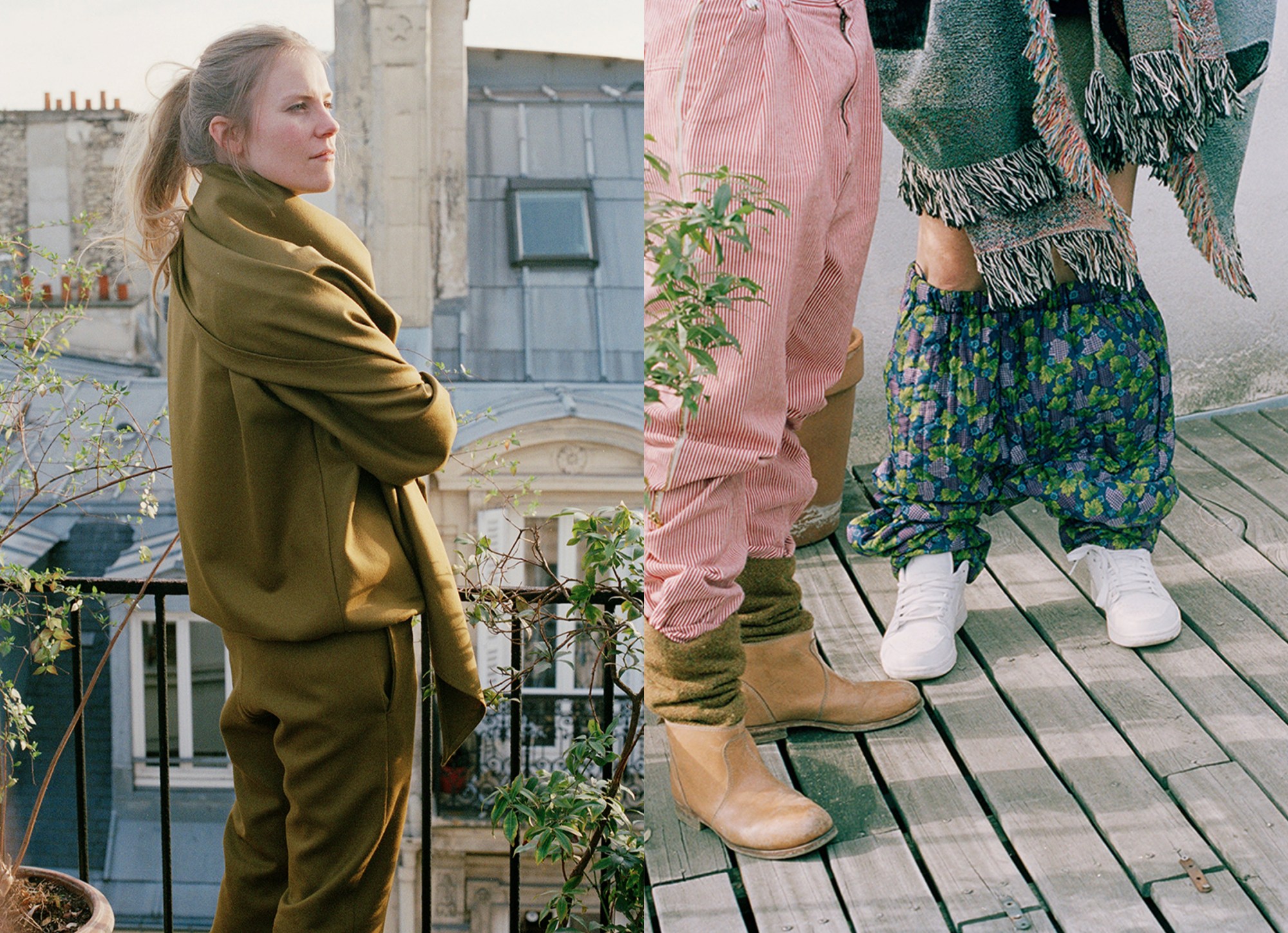
The intersection of artisanal practice and commercial ready to wear is something we see in the case of Susan Cianciolo’s Run. Trying to straddle that boundary, she famously ran into issues with production.
Her story’s very telling of the manufacturing crisis the global fashion industry experienced in the late 1990s. Fashion dematerialised, and focus shifted to brand building, while production and manufacturing was increasingly outsourced as it grew. Susan’s label, Run, was caught in the middle of that. She came from the independent East Village scene, but she eventually became so popular in the mainstream fashion industry in New York, Paris and Japan, that she had over 25 people work from her New York studio at one point. The rest of the fashion world had started outsourcing their production, and Susan was strongly urged to do the same, despite the intricate and sometimes accidental nature of her garments.
She was approached by manufacturers in Italy, finally agreed and started flying to Italy on an almost weekly basis to oversee the first delivery. When they eventually pulled out, saying that it was of couture quality and couldn’t be produced, Run closed the following week — she had nothing to deliver to her stores. It’s a challenge that a lot of young fashion producers still struggle with today. They come out of fashion schools with a strong image and lots of attention and then face the daunting reality of their first retail order.
In New York, however, you’re starting to see a resurgence of that 90s approach. There’s Women’s History Museum, and recently the opening of Cafe Forgot in the East Village, which stocks work by RISD second years and freelancing crocheters for Kenzo — people who really believe in craft and handmaking. It’s telling of the fact that history repeats itself, and that critical fashion producers will always find new ways of responding to their climate.
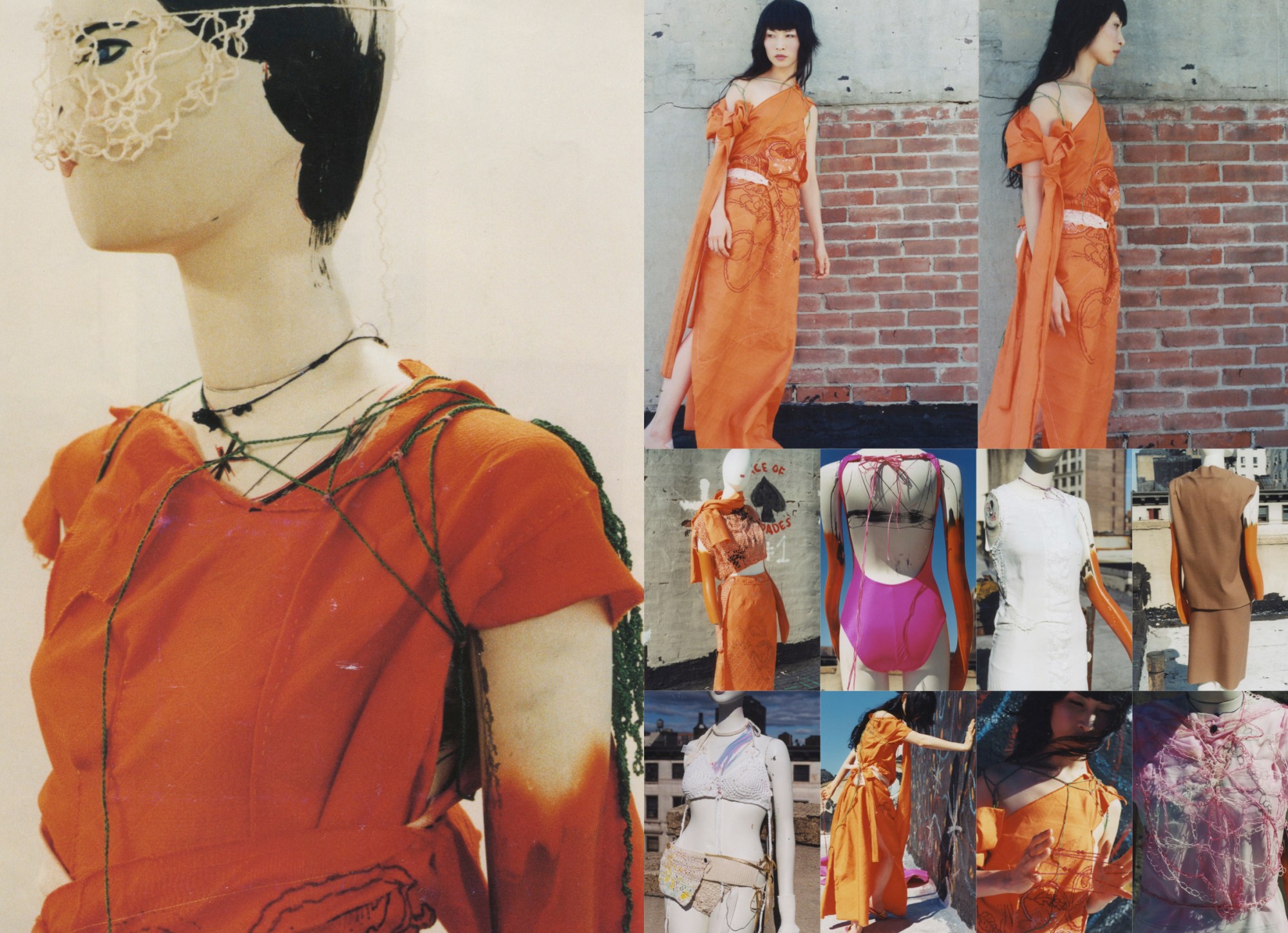
The book traces 25 years of fashion labour. What do you feel could be the major shifts in the way that fashion producers and labourers approach their craft going forward?
In terms of young fashion production, I think it really depends on the future of fashion education. For so long, in Europe, and especially in the UK, independent fashion has come from programmes within art schools like CSM and the RCA. But there’s this move towards professionalisation and corporatisation in the sector. Young fashion makers are often under too much pressure to enter the space of experimental and nonsensical fashion, and their graduate collections, which used to be the most hyped, most extreme moments of their practice, are starting to look more like job applications, which you can’t blame them for.
At the same time, we’re seeing an increased interest in fashion in the art world, which had been somewhat sidelined for the last 20 years. So who knows, maybe the new platform for professional fashion producers is the art world.
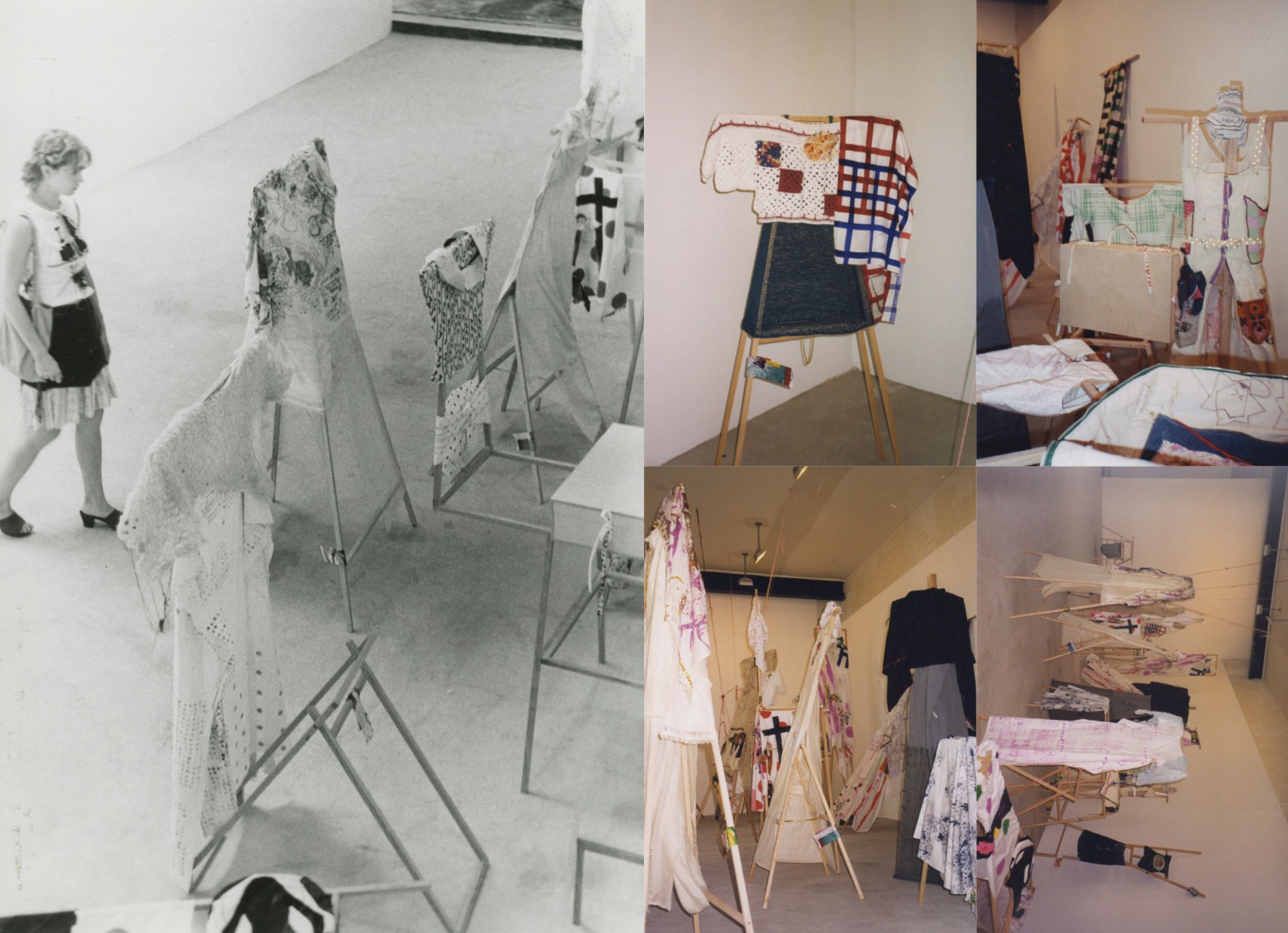
What do you hope readers take away from the book?
I really feel like I wrote this book for the quintessential fashion student who’s in the process of developing their practice and finding their path. I hope this gives them, if not a blueprint, then certainly suggestions of ways to approach a hybrid, critical or experimental type of fashion production. And experimentation not only in a visual or formal sense, but also in terms of business model and production.
Hopefully, it’ll revive interesting conversations on how fashion can reconsider and reimagine its own forms of manufacture, production, marketing, branding, institutional presence and presence in the marketplace. It’s very much needed as corporate fashion is becoming extremely streamlined and profit-driven — there isn’t really such thing as a fashion avant-garde anymore. The focus, therefore, should be on a new generation of fashion producers who dare to rethink the most basic tactics of production.
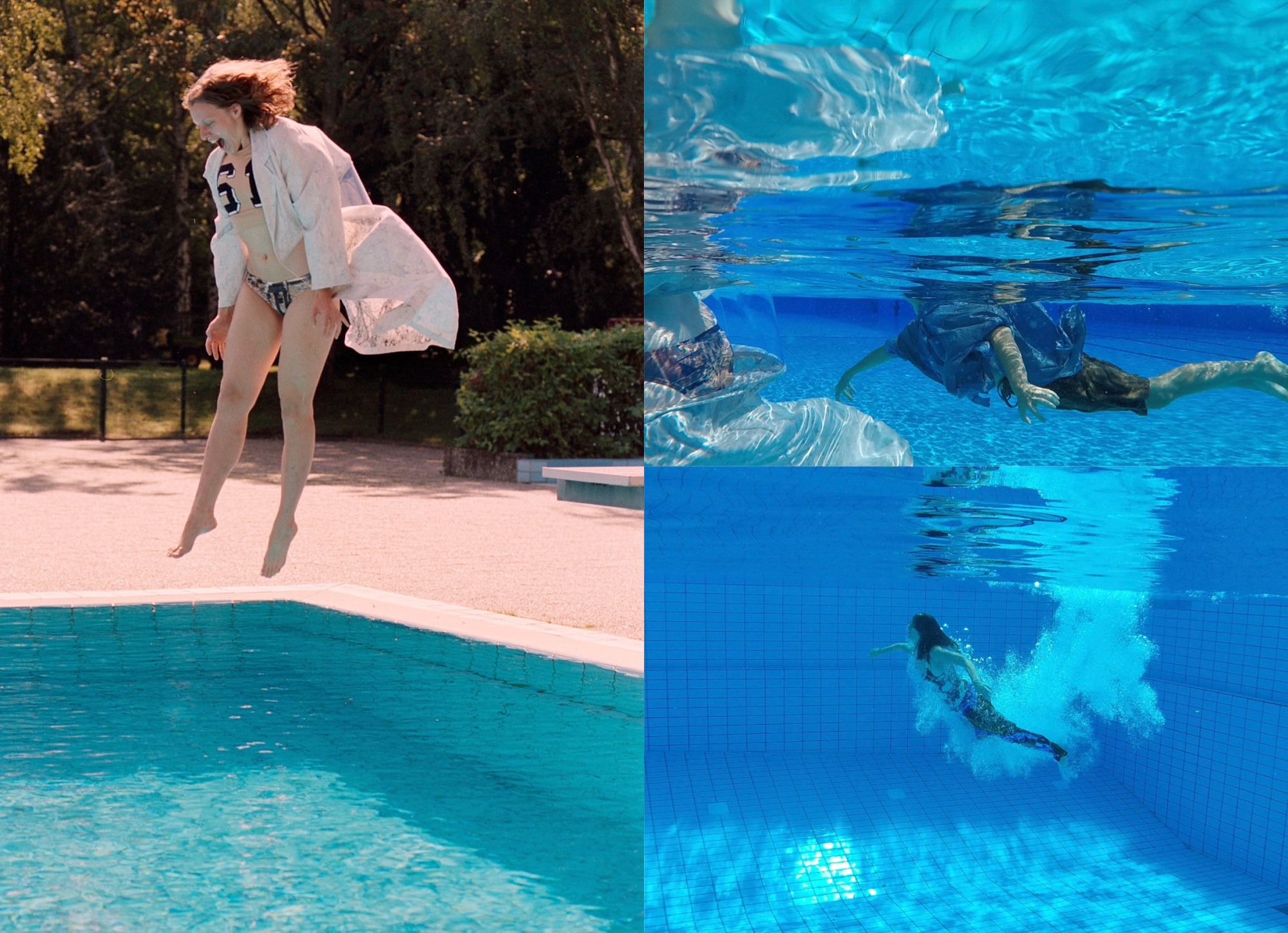
Fashion Work 1993-2018, 25 Years of Art in Fashion by Jeppe Ugelvig, published by Damiani, available to pre-order here.
